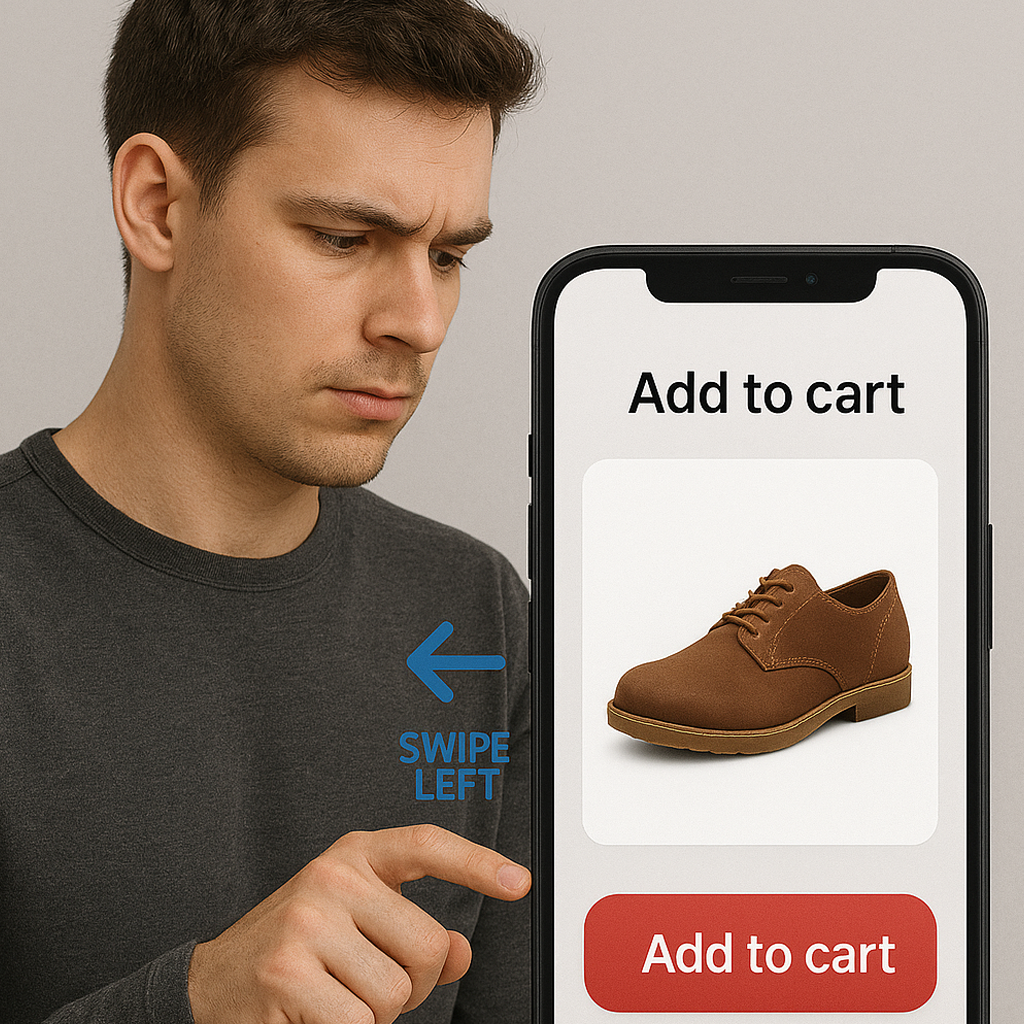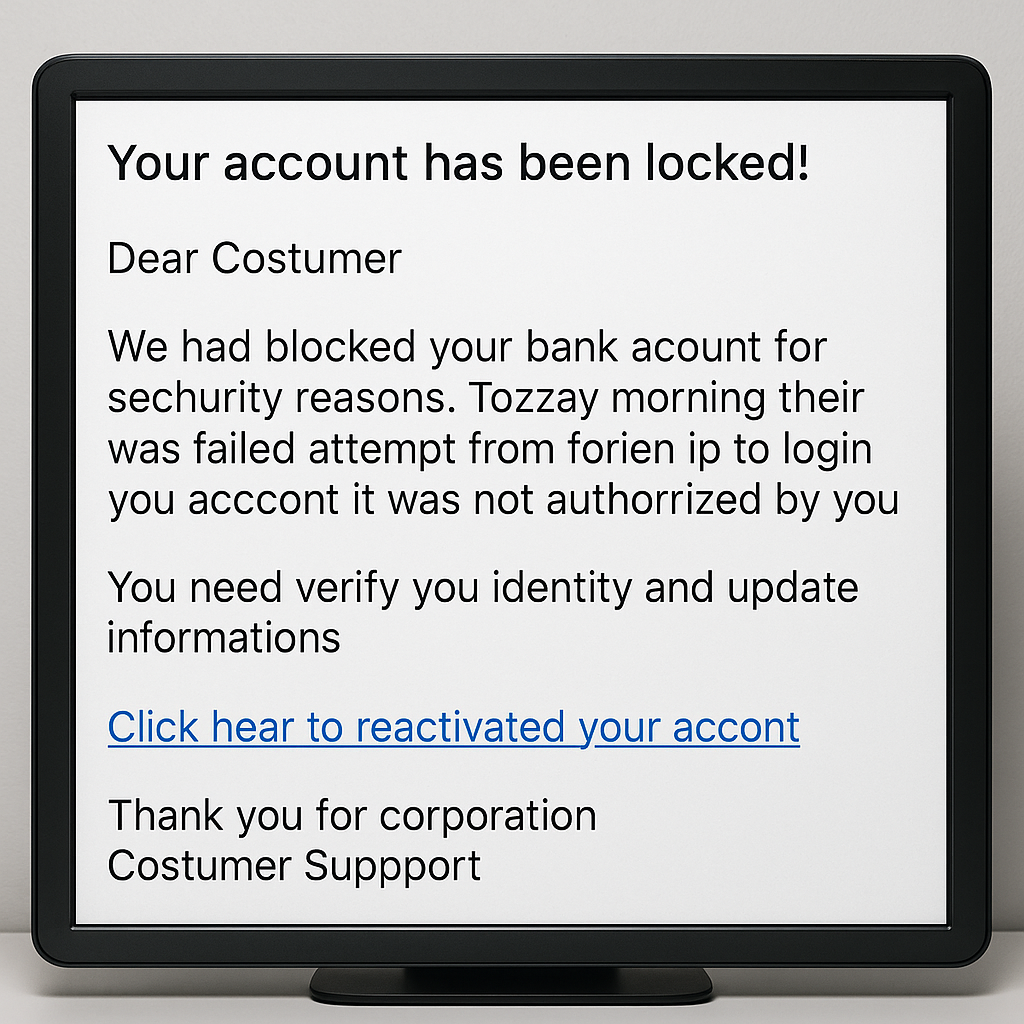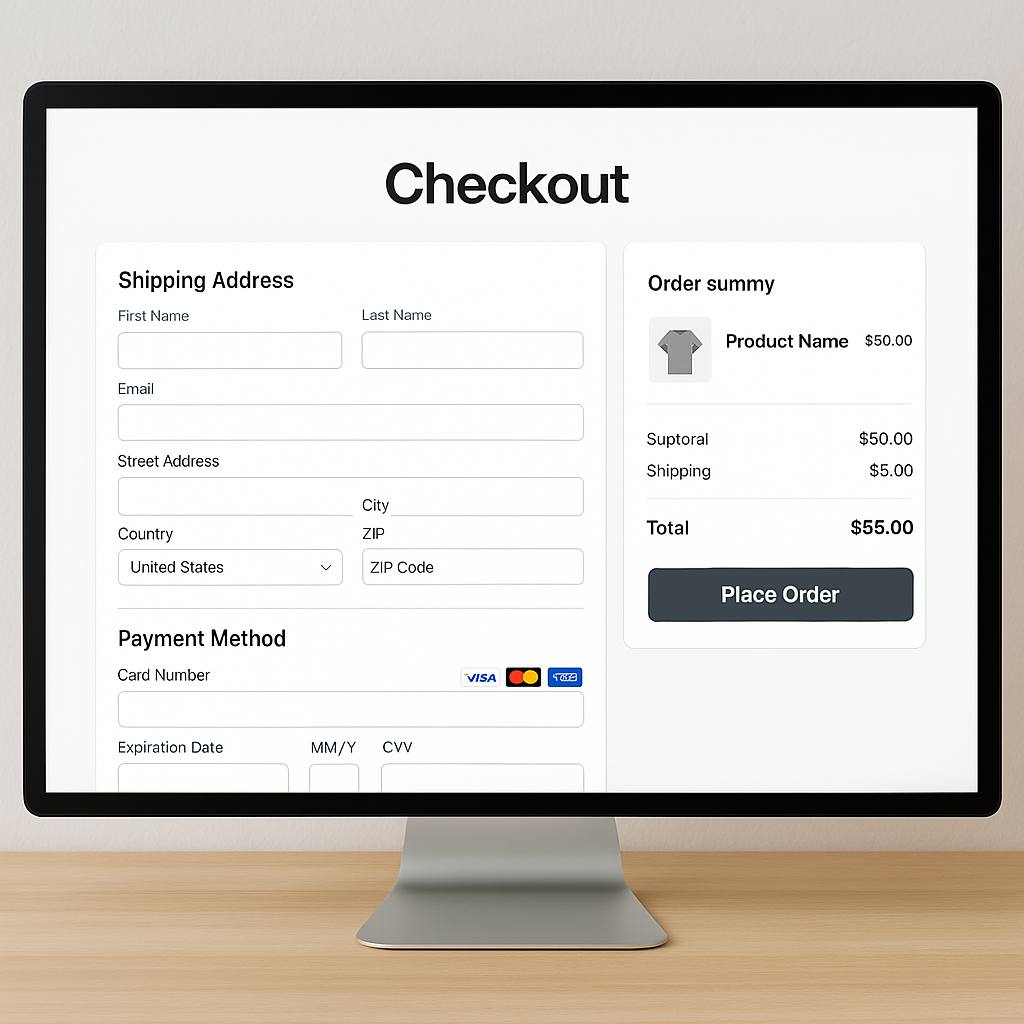Once upon a time, in the wild world of social media, there was a digital dance floor where teens and adults alike could show off their best moves, lip-sync their favorite songs, and participate in challenges that ranged from the bizarre to the hilarious. This magical place was called TikTok. But then, in a plot twist that could rival any viral dance trend, the United States decided to hit the pause button. Yep, folks, I'm talking about the TikTok ban.
The Great Dance Off
For the uninitiated, TikTok wasn't just an app—it was a phenomenon. With its short, addictive videos, it became the go-to platform for creative expression and viral content. From the "Renegade" dance to "Savage Love," TikTok trends swept across the nation faster than you could say "Charlie D'Amelio."
But as the saying goes, all good things must come to an end—or at least get a governmental timeout. Concerns over data privacy and national security prompted the U.S. to step in, causing a ripple effect through the social media landscape. Cue dramatic music.
When TikTokers Met Reality
Imagine waking up one morning to find out that your favorite hangout spot had vanished overnight. That's pretty much how millions of TikTokers felt. Influencers who had built their empires on 15-second clips were suddenly left scrambling. Teens were forced to confront the horror of a dance-less existence. And let's not even talk about the brands who'd poured their marketing budgets into TikTok campaigns. Yikes!
The abrupt ban led to an outcry, with users flooding other social media platforms to express their disbelief and frustration. Hashtags like #SaveTikTok trended, and petitions demanding the reversal of the ban garnered millions of signatures. It was clear that the app had become an integral part of modern culture, especially for Gen Z.
The Aftermath: A World Without TikTok
Life without TikTok was like a party without music. Sure, other platforms tried to fill the void—Instagram Reels and YouTube Shorts had their moments in the spotlight—but it just wasn't the same. The unique blend of creativity, spontaneity, and yes, even the occasional cringe, was hard to replicate.
But humans are a resilient bunch. TikTokers found new ways to express themselves, influencers diversified their content, and slowly, the digital dance floor began to shift and evolve. Meanwhile, debates about data privacy and security raged on, reminding us that every swipe, like, and share comes with its own set of considerations.
The ban also sparked a broader discussion about the role of social media companies and the extent to which governments should regulate digital platforms. It highlighted the growing importance of data privacy in an increasingly connected world and raised questions about the balance between national security and personal freedoms.
The Impact on Creators and Businesses
Beyond individual users, the TikTok ban had a significant impact on content creators and businesses. For influencers, TikTok was more than just a platform—it was their livelihood. Many creators had built large followings and monetized their content through brand partnerships and sponsored posts. The ban forced them to pivot quickly to other platforms, such as Instagram and YouTube, to maintain their audience and income.
Brands, too, felt the sting of the ban. With TikTok's highly engaged user base, companies had found innovative ways to market their products and connect with younger audiences. The ban disrupted these marketing strategies, leading to a scramble to find new avenues to reach consumers.
The Road to Reconciliation
As the dust settled, negotiations and legal battles ensued, with TikTok making efforts to address the security concerns raised by the U.S. government. Discussions about data storage, ownership, and transparency became central to the conversation. These efforts aimed to find a middle ground that would allow the app to continue operating while ensuring the protection of user data.
While the future of TikTok in the U.S. remained uncertain for a time, the situation highlighted the broader challenges faced by global tech companies in navigating the regulatory landscapes of different countries. It underscored the importance of trust, transparency, and compliance in an interconnected digital world.
The TikTok ban was more than just a blip in the social media timeline—it was a seismic shift that made us all pause and reflect. Whether you were a die-hard TikToker or someone who couldn't tell a "For You" page from a front page, one thing was clear: the world of social media would never be quite the same again.
So, next time you find yourself absentmindedly scrolling through your feed, take a moment to remember the great TikTok ban of the 2020s. And if you feel a sudden urge to break into dance, don't fight it—just go with the flow. After all, who knows what the next viral trend might be?
Happy dancing, and stay tuned for the next chapter in the wild world of social media!













